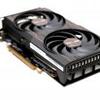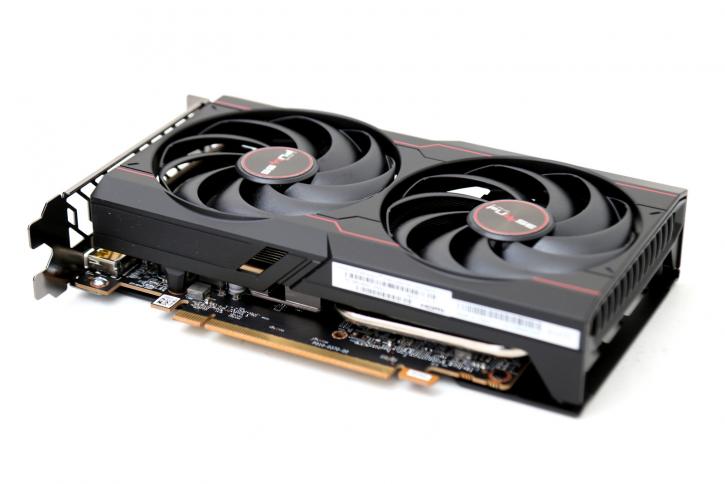Introduction
Radeon RX 6600 review - Sapphire Pulse
Join us as we examine a new revision of NAVI23-based graphics cards. Specifically, we will be looking at the Radeon RX 6600 (that's non-XT), and in particular the Sapphire Pulse variant, in this review. If it is indeed the price-to-performance warrior that AMD claims it to be, we will investigate it further. Historically, the x600 series was positioned between entry-level and mainstream, generally in the 150–200 USD range. In 2021 we now need to pay 339 USD (starting price) for a graphics card aimed at the Full HD range. The 6600 cards will include a GPU based on NAVI23. This means that Navi 23 GPU is being repurposed, but its performance in the render engine is being somewhat neutered. The cards are fitted with 8 GB of GDDR6 memory connected via a 128-bit wide memory interface, which is quite constrained. A 32 MB Infinity Cache is serving as a buffer to bypass the limitation to some extent. The series card is expected to perform at the same level as the RX 5700 and GTX 2060, making it a plausible card for 1080p or a valid card at 1440p gaming. Where the Radeon RX 6600 XT contains 2048 stream processors, the RX 6600 is equipped with 1792 of them. A large number of companies (AIB/AIC) have announced their own variations and configurations of the card.
The "Navi 23" chip is not new; it is already in use as the Radeon RX 6600M graphics solution for notebooks, which was introduced with the Radeon RX 6800M and 6700M graphics solutions for laptops a while ago. The majority of cards will use a dual-slot dual-fan cooler; they will include a single 8-pin PCI-Express graphics connection with a rated power consumption of 132 watts. Where the Radeon RX 6600 XT is to cost a rather extravagant 379 USD as a base reference product the 6600 will cost 339 USD. You may expect board partner cards with custom designs and cooling to sit well above the 350 USD marker. We can already share that the pricing is the biggest culprit of this product series. We've laid out the important specifications in the table below to give you a better idea of what to expect.
In this specific review, we'll take a look at the Sapphire Pulse model, which, despite the fact that it's substantially less complicated than a high-end model, only comes near to living up to its name. The card features reference frequencies and has been armed with two fans. it is 20 centimeters in length, offering a compact design. It's quite silent. Anyway, let's get into the review proper by starting with some images and a quick summary of the architecture.


